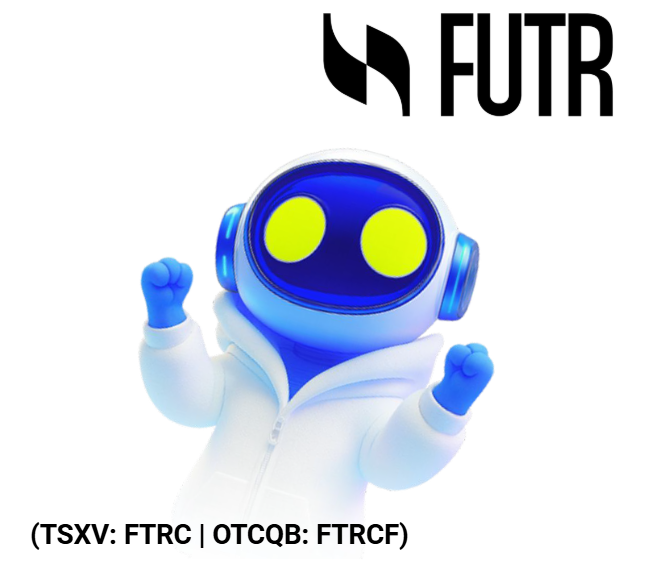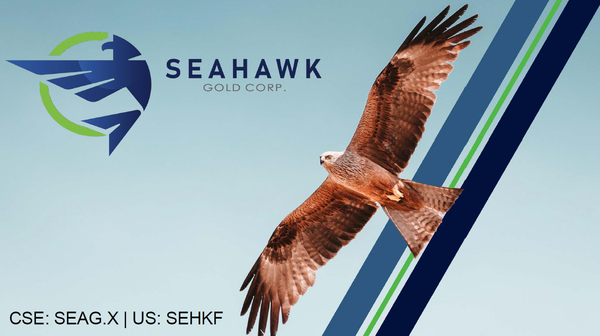Silver Surges Past $37 — Industrial Demand, Supply Deficits, and Geopolitical Tensions Drive 5-Year Rally

Silver Doubles Over Five Years – What’s Fueling the Rally?
Silver has rapidly re-emerged as a critical industrial and financial asset, with recent price action highlighting its growing strategic importance. Since mid-2020, silver has surged over 100%, rising from approximately $18 to $37 per ounce today, reflecting a nearly 108% increase.1 This sustained rally has been driven by a convergence of macroeconomic factors, including expanding industrial applications, persistent supply constraints, and heightened investor demand. As global decarbonization, electrification, and financial market uncertainty intensify, silver’s dual role as both a strategic material and a monetary hedge is increasingly attracting the attention of institutions and sovereigns.

2020 2021 2022 2023 2024 2025
Investment Surge in the Silver Sector
Silver’s growing appeal as a store of value alternative to gold has driven considerable speculative inflows, particularly as the gold-to-silver ratio reached historically wide levels. With silver trading at a gold-to-silver ratio near 90–100 times, which is well above its long-term average of (60–80), it has increasingly attracted investors seeking higher volatility exposure to the precious metals space.2,3 In parallel, escalating tariff tensions and global trade uncertainties have further amplified silver’s safe-haven demand, as investors position against policy-driven supply chain disruptions and currency volatility.
Investor appetite has been particularly strong in exchange-traded products. Global ETF holdings of silver surged over 25%.4 Notably, the iShares Silver Trust (SLV) now holds more than US $17B assets under management, reflecting sustained institutional interest.5
At the same time, persistent supply constraints have underpinned silver’s structural bullish outlook:
● Silver production from lead and zinc mines has remained the dominant source of silver. Global silver mine production has largely been flat year-over-year, rising marginally by less than 1% to 819.7 million ounces in 2024.6
● Key producing nations are facing mounting supply pressures, with Mexico impacted by labour strikes (e.g. Peñasquito) and potential reserve exhaustion by 2026, Peru experiencing declining ore grades, mine suspensions, and environmental protests, and Chile seeing reduced silver output as copper by-product grades deteriorate.7,8,9
● The development pipeline for large-scale primary silver projects remains thin, with S&P Global’s Pipeline Activity Index falling 19% to 82 as of March 2025, reflecting weaker exploration, limited financings, and slower project advancement, contributing to ongoing structural supply.10
Supply Issues Within the Silver Sector
Compounding these supply issues is the rapid expansion of silver’s industrial applications, which now account for roughly 50% of total demand:
● The solar industry currently consumes approximately 14% of global silver demand, driven by expanding global solar deployment.11 Demand from this sector is projected to grow by approximately 170% by 2030, potentially reaching 273 million ounces annually.12
● The automotive sector currently accounts for approximately 9–10% of global silver demand, with electric vehicle growth driving increased consumption of silver in battery components, inverters, charging infrastructure, and advanced wiring systems.13 Demand from this sector is projected to grow by 35–50% by 2030, supported by accelerating EV adoption and higher silver loadings in next-generation vehicle platforms.14
● Silver plays a critical role in the medical sector, where its use in sterilization, antimicrobial coatings, and diagnostic technologies continues to drive steady non-investment demand.
Future Outlook & Key Catalysts – Will Silver Stay Bullish? Industrial Trends Stay Bullish
Silver’s rally appears sustainable, supported by a combination of industrial demand, supply constraints, macroeconomic policy, geopolitical factors, and monetary trends. Below are the main catalysts likely to influence its trajectory:
1. Strong Industrial Momentum
With silver already in a fifth consecutive structural deficit, broad-based demand in solar, EVs, electronics, and medical devices continues to tighten fundamentals. Continued green-energy growth could push silver toward $40–50/oz in the medium term.15
2. Gold–Silver Ratio Rebalancing The gold-to-silver ratio recently dropped from over 100 to around 94, indicating that silver is gaining relative strength compared to gold. Historically, such mean reversions precede silver outperformance relative to gold – supporting a bullish thesis heading into mid-2025.16
3. Monetary & Rate Policy Tailwinds
Dovish central bank signals and lower real yields have buoyed the prices of precious metals. With gold rallying ~29% and silver ~24% year-to-date, analyst consensus sees continued support from expectations of easing monetary conditions.17 With the gold–silver ratio ~99–100, silver remains historically undervalued relative to gold (~mean 60–80), suggesting potential for relative outperformance.18
4. Geopolitical & Trade Volatility
Ongoing U.S.–China trade tensions, tariffs on metals and electronics, and regional conflicts have amplified safe-haven demand for silver as both an industrial input and monetary hedge. As global supply chains face heightened policy risk, silver continues to benefit from investors reallocating into hard assets during periods of geopolitical uncertainty.
ArcStone’s View
Silver’s multi-year breakout reflects more than just short-term price momentum, which is the result of a structural convergence across industrial, monetary, and geopolitical dimensions.[1] On the industrial front, accelerating demand from solar, electric vehicles, electronics, and healthcare is driving sustained consumption growth, while limited mine supply and a thinning development pipeline reinforce the market’s persistent structural deficit. At the same time, elevated inflation, currency volatility, and widening trade tensions are amplifying silver’s role as a financial hedge alongside gold, attracting institutional and sovereign capital flows.
While short-term volatility remains inherent to the asset class, ArcStone maintains a constructive multi-year outlook. We see near-term price targets in the $38–40/oz range for late 2025, with upside extensions toward $50/oz through 2027–2028 contingent on continued industrial expansion, monetary easing cycles, and persistent geopolitical uncertainty. Strategic exposure to silver, both, through physical ETFs and highly levered producers, offers investors a balanced approach to capturing both industrial growth and macro risk hedging in the current environment.
About ArcStone Securities and Investments Corp.
ArcStone Securities and Investments Corp. is a leading financial services firm specializing in capital markets, corporate finance, and strategic advisory services. We assist clients with financings, navigating IPOs and RTOs, and executing mergers and acquisitions with precision and expertise. Additionally, we provide comprehensive debt financing solutions and a wide range of financial services to meet the unique needs of our clients. Our dedicated team of professionals offers tailored solutions to help businesses achieve their financial objectives and thrive in a competitive market. Discover how ArcStone can support your growth journey by visiting our website at arcstoneglobalsecurities.com.
ArcStone Financial Pulse Team
Stay informed with the latest market trends and investment insights from ArcStone Securities and Investments Corp. Subscribe to our newsletter for more detailed reports and analysis.





